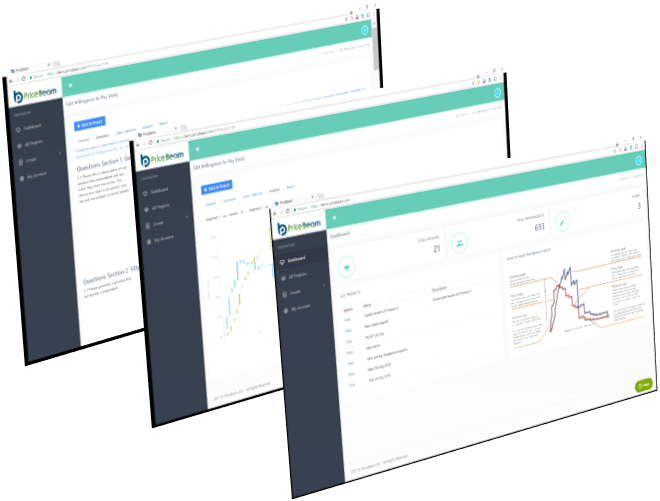5 Ways Price Research can Help with New Product Pricing
 PriceBeam
·
2 minute read
PriceBeam
·
2 minute read

Launching new products or services can be a daunting task. With everything from product development, marketing, sales training, customer communication, as well setting the price. Price research can help in various ways with these challenges.
1: Understand overall price expectations: with price research you can ask both current customers and potential customers about their willingness-to-pay. You can test WtP overall against your final new product, but price research can also be used to test different product concepts while the overall product design is still on the drawing board. Or, you can test preferences for product features by using a conjoint analysis based method to determine what value customers put behind each feature..
2: Understand value drivers: Getting insights into what features and attributes of the new product that customers value the most can be of huge importance, not only after having launched the new product but also in the concept and product development phase. If customers value feature A highly but don't really care (value-wise) about feature B, then either improve on feature B or remove it, and of course highlight feature A in all communication and maybe even make it better. Price research based on conjoint analysis can provide such insights.
3: Identify the best suited customer segments: Sometimes new product launches help reach new customer segments. It can be because the new product is more premium than the existing product, or perhaps because it solves new and additional customer challenges. Similarly, price research can be done by customer segment, and insights into overall willingness-to-pay, as well as the individual features and value attributes, can also easily be found through a segmented market research approach.
4: Support price and general communication: Knowing what customers are willing to pay of course helps with the price setting itself. But it also can provide tremendous value when it comes to how and and what to communication on once launched. If feature A is highly valued and feature C is only of medium value versus what the competition can provide, then of course it is Feature A that needs to be most prominent in communication. Price research can help take the guesswork out of that process and deliver solid facts about what to emphasize in the communication.
5: Position against current product portfolio or competitive products: Use price research to test willingness-to-pay for both the new product but also existing products or even competitors. PriceBeam's comparative analysis or value-attribute analysis both allow managers to understand the differences in willingness-to-pay that customers put on different product versions, including own existing products, different iterations of new products or competitive products. We compare the willingness-to-pay responses and isolate statistically what comes from each product version. This is also very useful for when the new product typically gets a higher price than the existing one.
.png?width=400&height=100&name=PBLogoTransparent%20(1).png)



